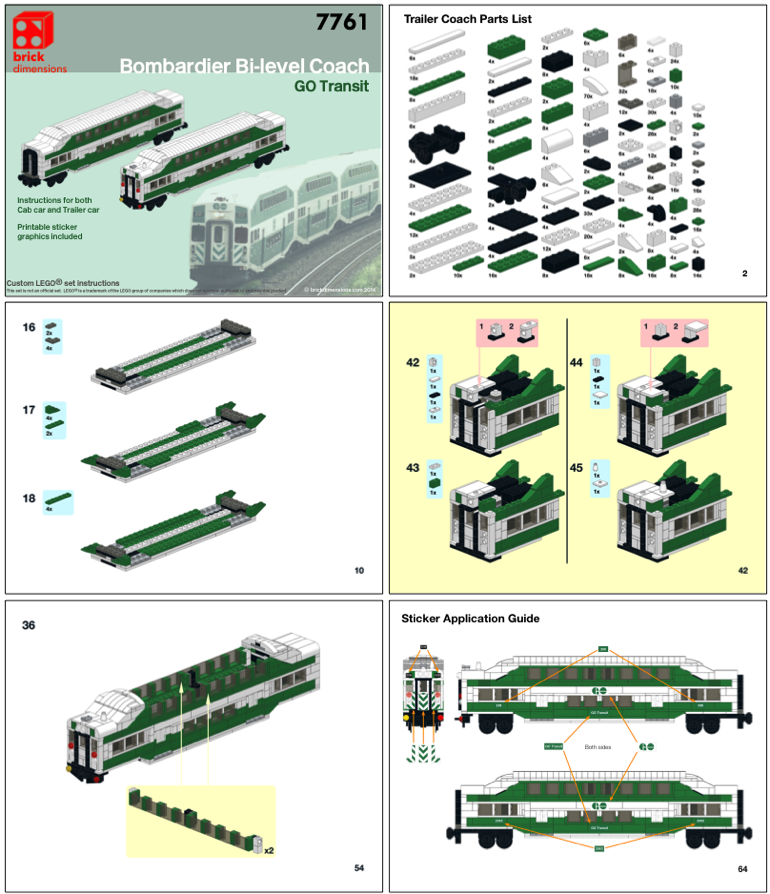

Most blocks are proportionately one cubic meter by default, but their shape can be changed using models. The textures on the faces of blocks are 16×16 pixels. feet or 1250⁄ 381 feet), but several blocks have non-standard block heights, such as slabs.Ī player can automatically step up from a lower to a higher height if the difference is at most 0.6 ( 3⁄ 5) of a block or 1.9685. Most solid blocks are 1 meter high (3.28084. If the block is one of a few blocks such as rails or redstone wire, supported by another block and its supporting block is removed.


It is an unbreakable transparent block, as a substitute for the absence of blocks. Some blocks are completely immune to explosions.Īir is a special block. Explosions destroy some blocks more easily than they destroy others. Some blocks, such as dirt and sandstone, are opaque and occupy their entire cubic meter, while other blocks, such as glass and flowers, are transparent or non-solid. Together, blocks and fluids build up the in-game environment, and most can be harvested and utilized in various fashions. A variety of different blocks occurring in an underwater coral reef sand can be seen lining the ground, cut sandstone in underwater ruin structures, and various forms of coral.īlocks are arranged in a 3-dimensional grid of 1-cubic-meter cells, although some blocks appear to occupy a partial cell these include slabs, snow layers, ladders, vines, stairs, turtle eggs, sea pickles, and others.


 0 kommentar(er)
0 kommentar(er)
